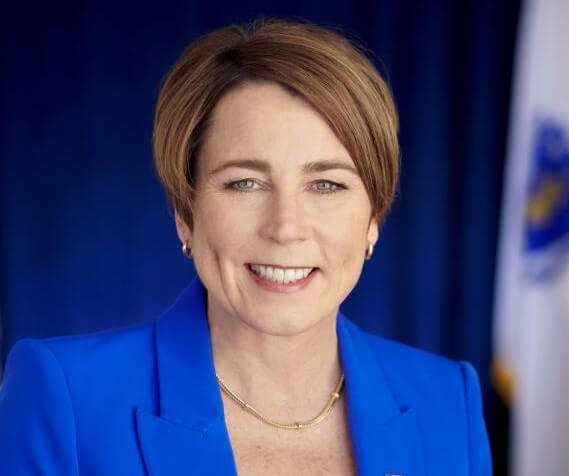The Healey-Driscoll administration plans to invest $50 million in initiatives to build out electric vehicle charging infrastructure across Massachusetts. The American Rescue Plan Act (ARPA) funds will increase access to charging infrastructure for more residents, electrify the state fleet, improve operation of public charging stations, manage the impact of charging infrastructure on the electric grid and provide charging solutions for difficult-to-electrify vehicle types.
“State and rideshare vehicles contribute a disproportionate amount of transportation emissions, so by investing in the electrification of these vehicles, we can have a much more cost-effective impact on emissions,” says Gov. Maura Healey. “Our administration is committed to leading by example in addressing climate change, and we are pleased that these funds will also allow Massachusetts to more quickly electrify its fleet.”
“Many Massachusetts drivers want to make the switch to electric vehicles, but worry about access to charging,” adds Lt. Gov. Kim Driscoll. “This investment will break down barriers to widespread electric vehicle adoption and help Massachusetts meet its ambitious greenhouse gas emissions targets.”
The $50 million in ARPA funds will support:
- Innovative EV technology programs at the Massachusetts Clean Energy Center (MassCEC)
- Charging infrastructure investments for the state fleet through Division of Capital Asset Management and Maintenance (DCAMM) and the Department of Energy Resources (DOER)
- Testing equipment and staff at the Division of Standards (DOS) to conduct inspections of public charging stations
- Future analysis of EV charging needs by the Electric Vehicle Infrastructure Coordinating Council (EVICC)
“This funding will help make a bigger impact in the lives of our residents across the state as it relates to the future of transportation,” says state Transportation Secretary and CEO Monica Tibbits-Nutt. “Taking the steps to increase measures like fast-charging stations and decarbonization will position us to offer better choices to residents that will be good for the environment and for us as we all work to respond to climate change.”





